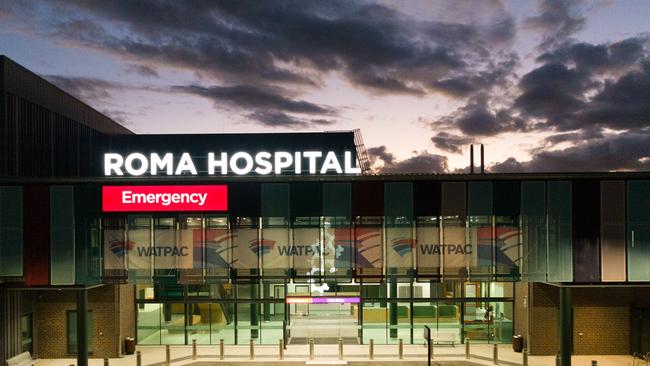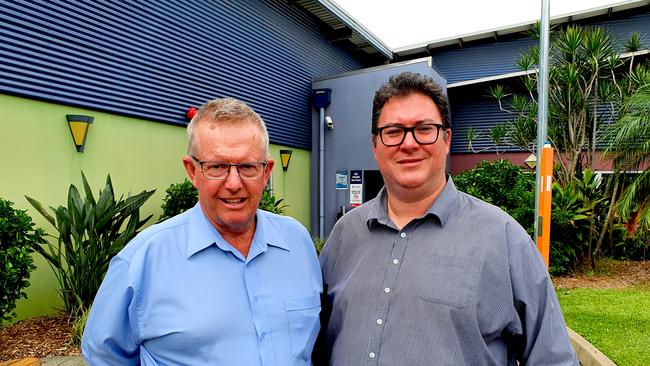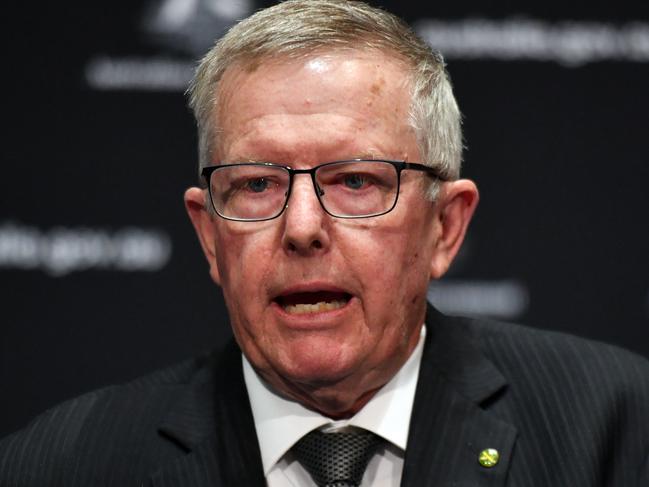Call to improve remote, rural health outcomes
Regional training and work opportunities are the key to improving rural health, experts say.

Rural health experts are calling for increased support for doctors and allied health professionals to train and work regionally in a bid to improve health outcomes in country Australia.
Despite almost doubling the number of graduate doctors in less than 20 years, regional Australian health services continue to be hampered due to fewer regional training places, an imbalance between generalists and specialists, social factors and poverty, and an opaque career pathway for junior doctors who want to practise in the country.
Rural Health Commissioner Ruth Stewart says regional and remote communities need their own model of care, instead of the urban structure based on many different specialists in each field.
“The models of care that we need for rural and remote Australians are multidisciplinary team primary care models,” she says.
“These would have strong links with specialists who don’t have to be on site very often and they can provide their support through telehealth and by coming to visit occasionally.”
Almost 30 per cent of Australians — about 7 million people — are categorised as living in a regional or rural area, according to the Australian Institute of Health and Welfare.
They have long had worse health outcomes than city people. Potentially avoidable death rates for inner regional areas were 20 per cent higher than in city areas last year. For remote areas, death rates were 65 per cent higher.
People outside the cities are more likely to have challenges accessing healthcare professionals, and are also more likely to smoke, have risky alcohol use, higher rates of occupational and physical risks and lower levels of income, education and employment opportunities.
This all feeds into a situation where urban Australians live an average of almost 11 years longer than people who live in very remote areas, and three years more than those in outer regional towns.
Work was delayed on Australia’s long-awaited National Medical Workforce Strategy this year. It seeks to improve the distribution and conditions for doctors and regional people to create an efficient and workable medical system.
Stewart says often the go-to solution for city people is a proposal to vastly increase the number of specialists, but that would be an expensive, inefficient and fractured system that would fail in the bush.

“We need some (specialists) but that’s not going to solve the problems that regional Australians face,” she tells The Australian. “We need models of care that are designed for rural and remote areas that are focused on continuity of care by multidisciplinary teams.”
She says an overall approach is needed, including better supported regional training positions and a boost for regional delivery of allied health services such as diabetic educators, speech pathologists, dietitians and physiotherapists.
Over the past 15 years, medical spending has almost doubled compared to population growth of 23 per cent. Likewise, the number of Australian doctors leaving university has increased 86 per cent since 2007 and the overall number of doctors working across the nation has grown 64 per cent.
But they are not working in regional and rural areas, which continue to be heavily reliant on international medical graduates.
Almost four in every five Australian doctors work in a major city or area classified as the lowest need, compared to six in 100 who work in remote areas. Less than 5 per cent of specialists work in rural and remote areas.
The Australian government last month committed an additional $27m to boost the National Rural Generalist Training program across all states and territories, after allocating an additional 100 training places to the Australian College of Rural and Remote Medicine earlier this year.
The rural generalist specialty allows GPs to provide services but also to work in hospitals in emergency or after-hours care, and develop an advanced skillset in another area, such as obstetrics, anaesthetics, mental health or palliative care.
Regional Health Minister Mark Coulton says it is a complex issue, with a mix of short, medium and long-term solutions required.

“I don’t want regional Australia to be seen as the second prize for junior doctors and trainees,” he says.
“We need to ensure they are supported and have access to education, connectivity, healthcare and training opportunities for them and their families.
“The government is embracing this challenge and looking for new policies and programs and has appointed a new National Rural Health Commissioner to assist.”
Australian College of Rural and Remote Medicine president Dr Ewen McPhee says rural generalists should be viewed as priority trainees in regional hospitals.
He says the College endorses more regional training but there must also be the right facilities, rosters and other staff, as well as appropriate accommodation and assistance for doctor’s families.
‘I don’t want regional Australia to be seen as the second prize for junior doctors and trainees’
“This must be done intelligently and strategically to ensure that trainees have a positive experience and that they receive the range of training opportunities and support that they need,” McPhee says.
Overall, rural practice has to be seen as sustainable, he says, calling for a change to the Medicare rebate system into a new funding model more focused on longer-term care.
Australian Medical Association Council of Rural Doctors’ Dr Marco Giuseppin — who works as a primary care and retrieval doctor with the Royal Flying Doctor Service — says the national medical workforce strategy planning should be reinstated as a priority.
Giuseppin also highlights the unintended COVID-19 impacts on other areas of healthcare, including fewer international medical graduates coming to Australia and border closures challenging locum-service delivery.
“We are very concerned that the impacts of the pandemic are exacerbating already difficult situations,” he says. “The impact of the virus on training is still being revealed, but we can expect a disruption in the pipeline.”
National Rural Health Alliance chief executive officer Gabrielle O’Kane says allied health and other supports are vital to improve outcomes and maintain an efficient healthcare system.
“From a policy perspective, we have to try and shift the thinking that primary care is only about GPs,” she says.
“With allied health you’re trying to prevent people going to hospital or going to the emergency department, that’s where early intervention plays a big part.”
The Alliance highlights the positive aspects of increased telehealth — reduced patient travel times and increased attendance rates — but says the technology can never replace face-to-face care.
“You just can’t do everything via telehealth,” O’Kane says. “You run the risk if too much is done by telehealth you may lose your bricks-and-mortar doctor surgery or allied health professionals. Then you have no local engagement.”
PwC health practice lead Sarah Butler says addressing the social determinants of health is also crucial to overcoming inequity in healthcare.
She says an integrated approach is needed to remove the “silos” of healthcare, while improvements are required for social services and on-the-ground supports.
PwC’s digital health lead Dean Dimkin says putting the patient at the centre of healthcare is critical and models incorporating wearable monitoring devices, virtual clinics and increased use of data will fuel improvement in the future.
“What we’ve seen through COVID-19 is we’ve accelerated several years of reform in terms of driving those different care models,” he says.
While there are challenges in healthcare service provision in regional areas, the lifestyle is hard to beat, according to Dr Robert Campbell, who practises and trains junior doctors at the University of Melbourne Shepparton Medical Centre.
He says working in regional health allows people to develop a niche within a general practice.
“I think it is a nice balance and we provide what I call wraparound care,” he says.
“Most people go into medicine to make a difference and I think working in regional you get a chance to make more of a difference for patients.”

